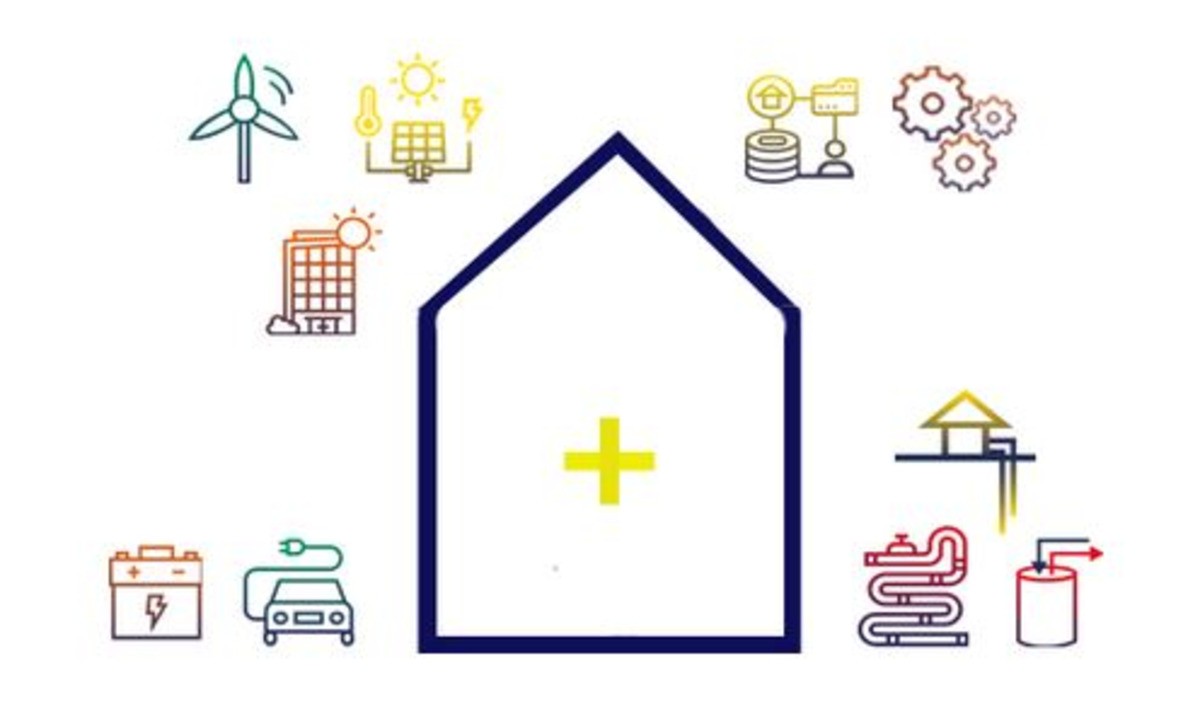From nearly-zero to user-centric positive energy buildings with sophisticated simulation tools

The EXCESS project has set out to demonstrate how nearly-zero energy buildings can be successfully transformed into positive energy buildings (PEBs) in four different European Climatic Zones (Nordic, Continental, Mediterranean, and Coastal).
Across four demonstration projects in Austria, Belgium, Spain and Finland, different innovative technical solutions are deployed to enable buildings of mixed uses to produce more renewable energy than they consume over the course of a year.
For achieving this objective, EXCESS experts are harnessing software applications to simulate, fine-tune and develop holistic PEB concepts and energy systems according to each buildings unique set of needs and conditions.
Identifying the most feasible and effective technical solutions for each demo building to reach positive energy standards requires careful calculations and balancing of a plentitude of factors from different energy sources to the interplay of local energy generation, storage and consumption at the building and district level while also meeting comfort and air quality requirements for inhabitants and other users.
To identify and integrate suitable innovative technical solutions for each of the four EXCESS demo cases successfully, EXCESS experts reverted to different digital solutions and software tools to simulate the performance of buildings, their facilities, and thermal and electrical systems more holistically during the modelling phase
Amongst some of the initial key conclusions from the modelling phase is that in order to move to a PEB status, active user-engagement is essential and that accurate evaluation tools are indispensable for the optimal dimensioning of a building, its systems and the implementation of optimised control strategies.
This is as the energy required for ensuring individual user-comfort was found to impact the overall building energy demand almost as much as the electricity demand in the four demo buildings (mainly for artificial lighting, household appliances, electrical devices, electricity consumption in common zones).
Whilst simulation and modelling will continue throughout the project to select optimal strategies for building operation based on weather forecasting, behavioural user patterns, and energy price changes, the experience also shows the potential digital tools hold for construction companies, as well as facility managers.
While supporting construction companies to evaluate the effects of modifications to building plans and technical specifications more accurately and reliably in the design phase, building managers can benefit from the opportunity to evaluate and react to the different operational conditions and weather scenarios, thereby optimizing energy management whilst ensuring that user-comfort requirements are met.
To learn more about the tools used by EXCESS and the results and solutions found for the demo buildings during the modelling phase, visit the EXCESS website or contact [email protected]. A collection of case studies of plus energy buildings can be found here.
News published on Build Up News
Consult the source



